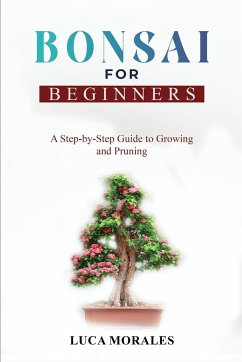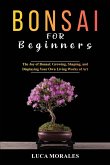The allure of bonsai For generations, people all over the world have been captivated with bonsai, the practice of cultivating miniature trees in containers. Bonsai gives both practitioners and admirers a unique and enchanting experience with its delicate beauty and profound symbolism. This essay will explore the allure of bonsai, exploring its historical and cultural significance, the aesthetic allure of miniature trees, and the deeper deeper meanings of this ancient art form. Ancient China and Japan are where bonsai first appeared as a representation of the Zen philosophy and awe for the natural world. In China, bonsai, often referred to as penjing, was developed as a miniature representation of the natural world, encapsulating the essence of mountains, rivers, and forests. Later, it was brought to Japan, where it developed into the style of art that is familiar to us today. As bonsai became intertwined in Japanese culture, it was used in poems, ceremonies, and even as objects for meditation. The cultural significance and long history of bonsai, which holds the weight of tradition and aesthetic heritage, add to its attractiveness.
Hinweis: Dieser Artikel kann nur an eine deutsche Lieferadresse ausgeliefert werden.
Hinweis: Dieser Artikel kann nur an eine deutsche Lieferadresse ausgeliefert werden.








